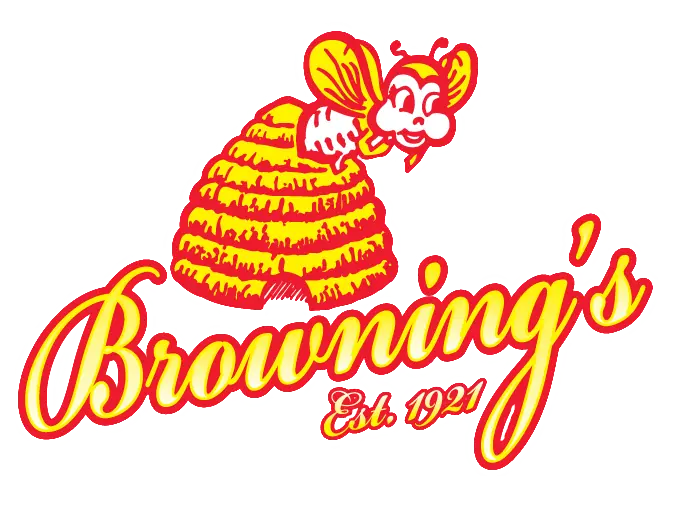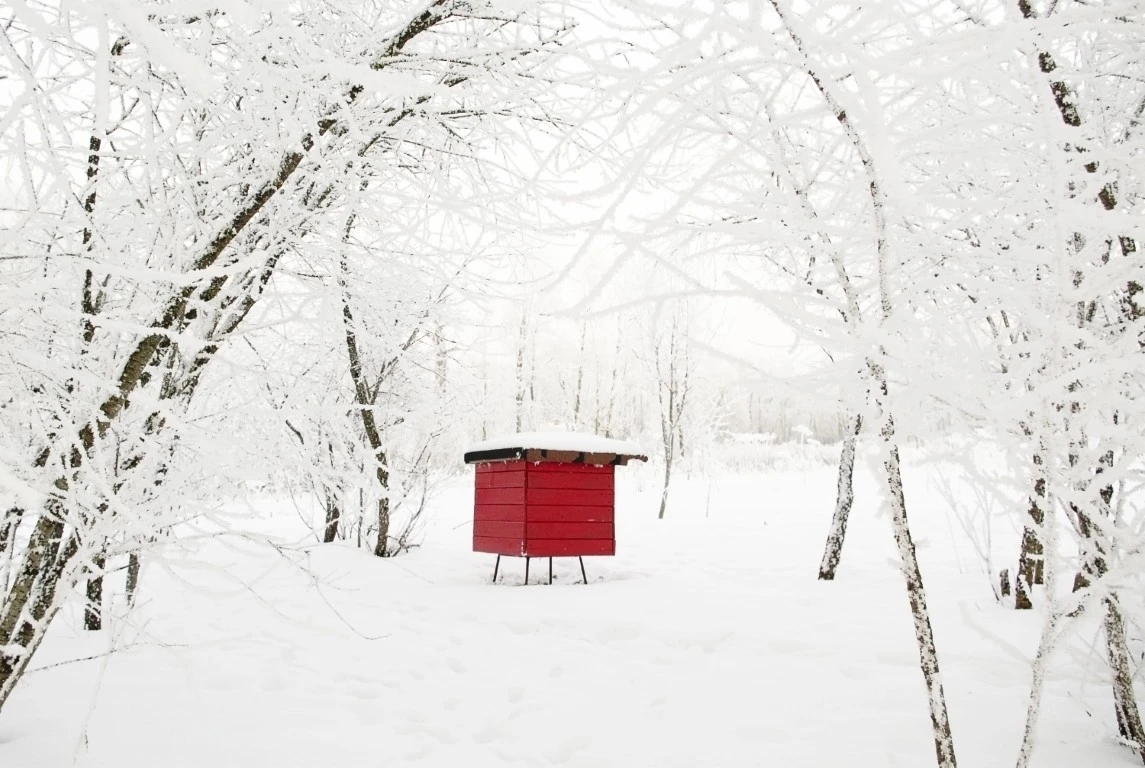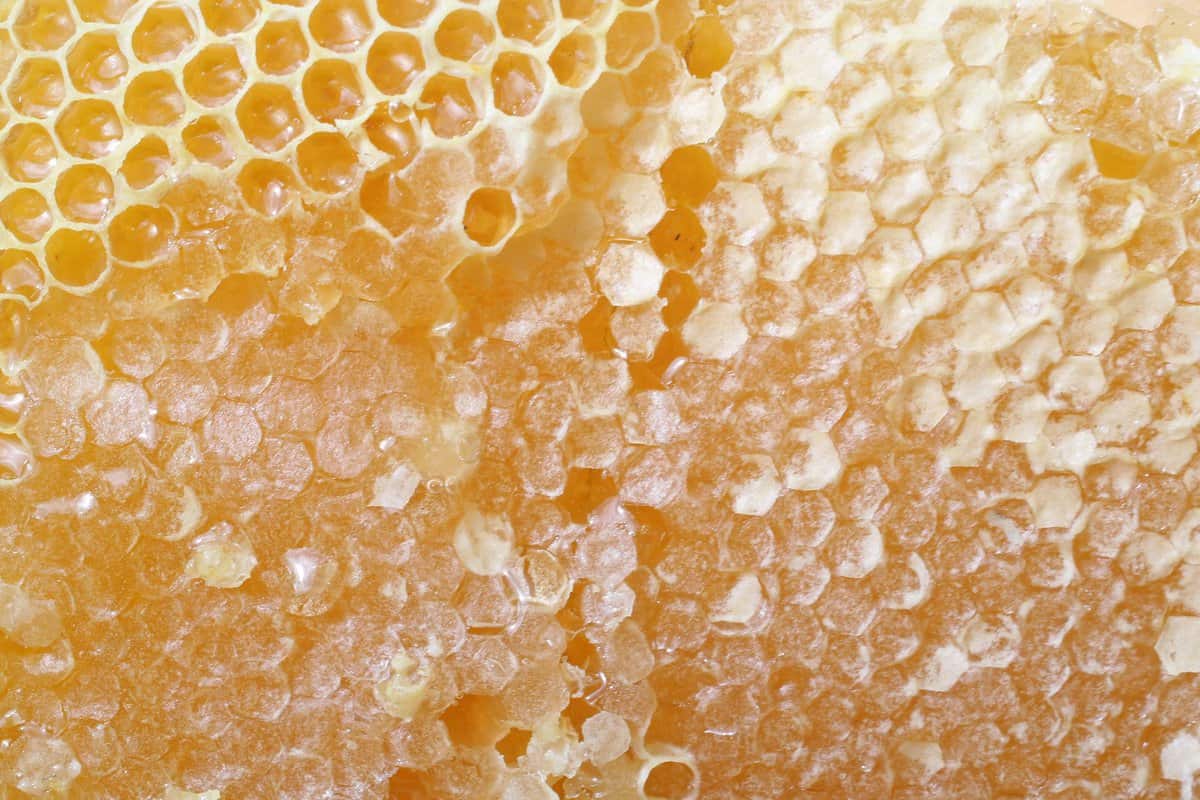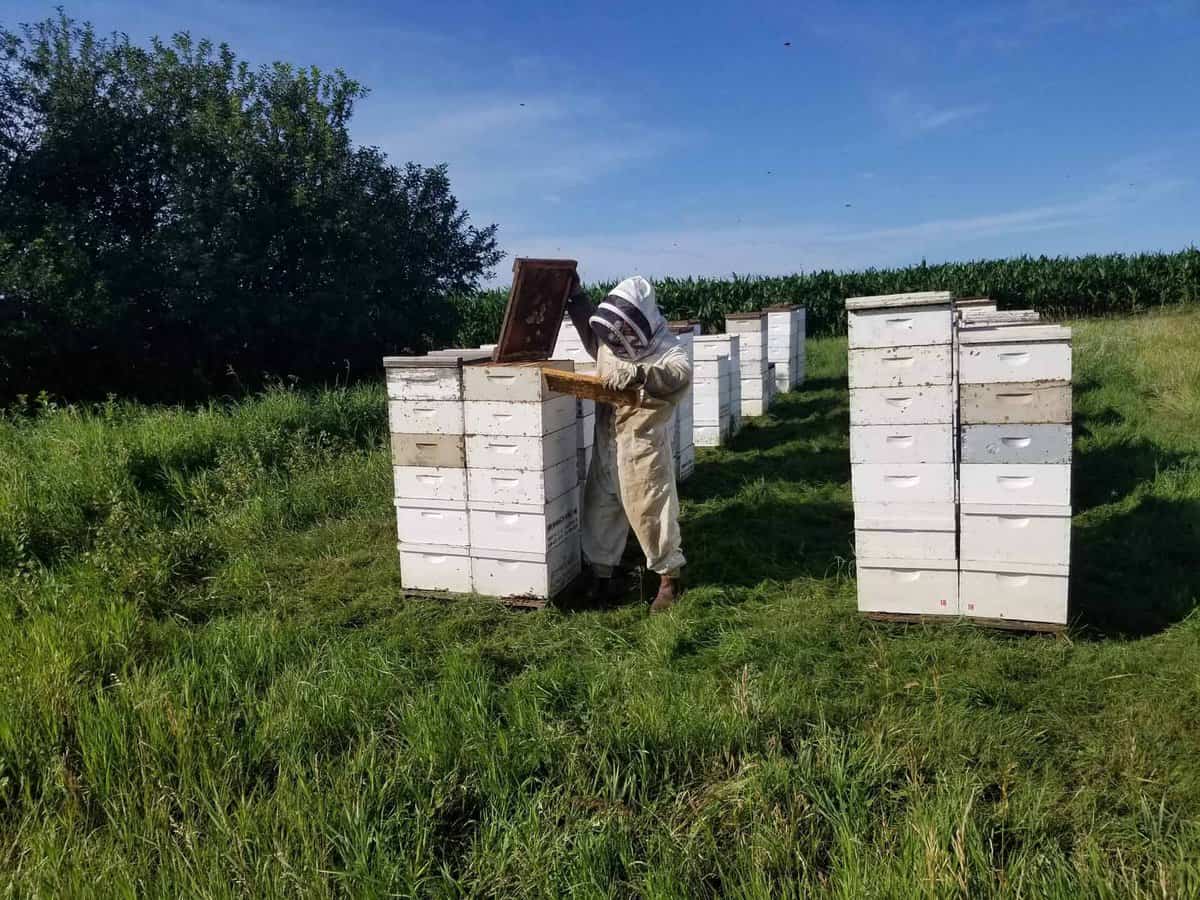Your cart is currently empty!
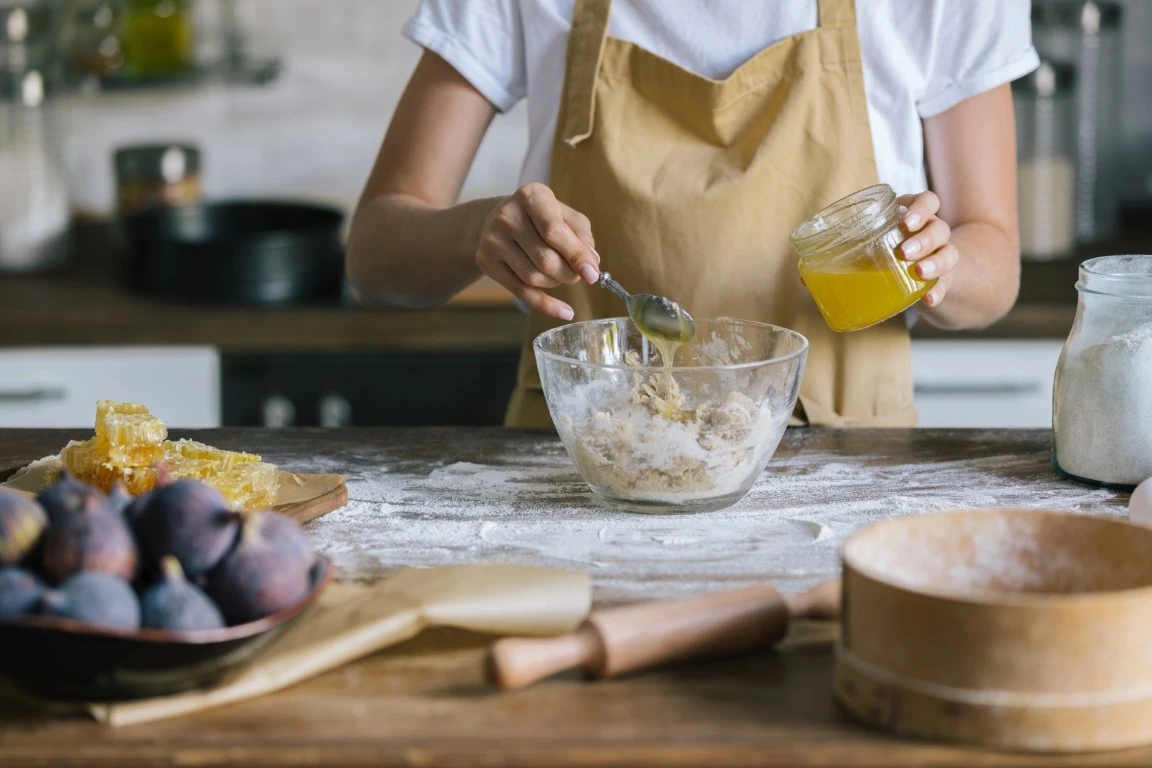
Cooking with Honey: Dos and Don’ts for Best Flavor
August 25, 2025
Table of Contents
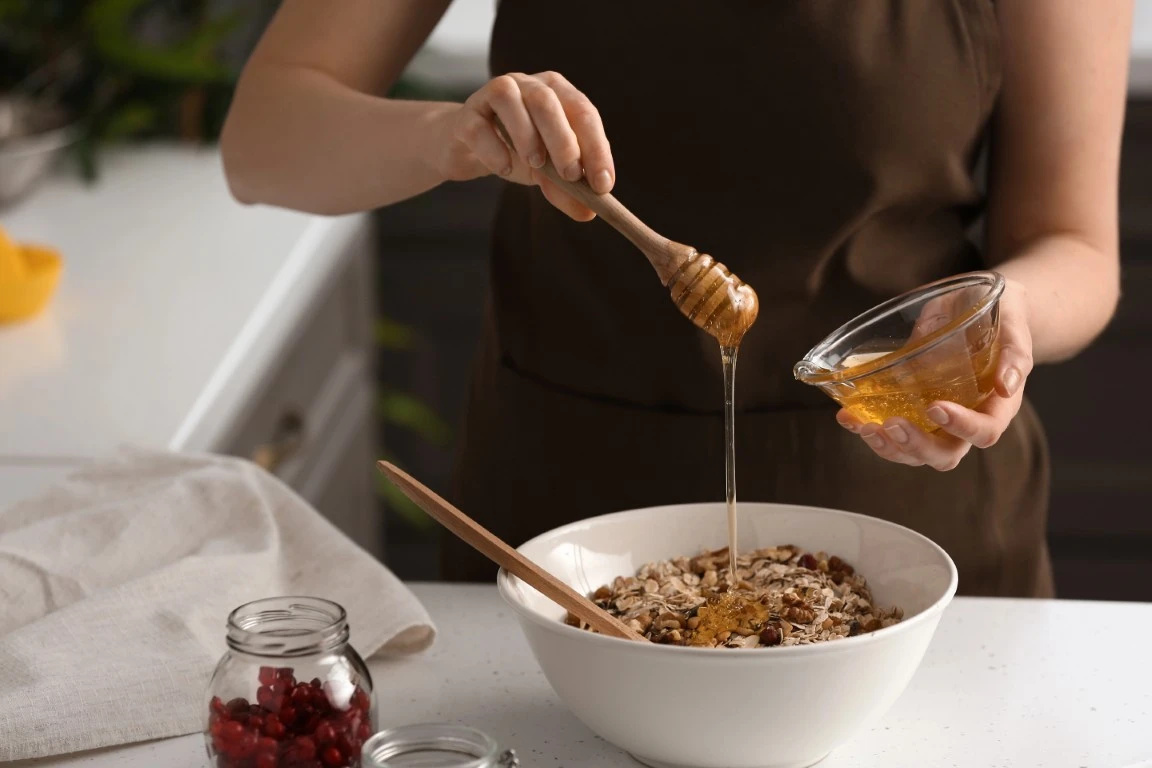
Not only is honey a great natural sweetener — it’s a versatile ingredient in cooking that can transform both sweet and savory dishes. From glazing roasted vegetables to enhancing baked goods, honey adds depth, complexity, and a touch of natural sweetness. However, to get the best results, it’s important to know how to use it properly. Here are some key dos and don’ts when using honey.
The Dos
Do Pair Honey with Complementary Flavors
Each variety of honey has unique notes, from floral or fruity to earthy or even spicy. Pair lighter honeys (like clover or orange blossom) with delicate foods such as teas, dressings, or yogurt, and dark honeys (like buckwheat) with bold flavors like roasted meats, strong cheeses, or whole grains.
Do Use Honey in Marinades and Glazes
Honey caramelizes beautifully, giving meats, vegetables, and baked goods a golden, flavorful finish. It also helps marinades stick better to foods. However, note that honey browns faster than sugar, so monitor cooking times closely.
Do Substitute Honey for Sugar (with Adjustments)
Honey is sweeter than granulated sugar, so you don’t need to use as much when baking and cooking. Generally, replace 1 cup of sugar with 3/4 cup of honey. If you want to balance out the sweetness of honey, add a bit of acidity, such as a bit of lemon juice or a dash of vinegar.
Honey also adds moisture, which can help baked goods stay softer and squishier for longer. However, you will want to reduce the liquids in your recipe by 1/4 cup to compensate.
Do Store Honey Correctly
Honey can absorb moisture from the air, so keep it in a tightly sealed container in a cool, dry place away from direct sunlight. It may crystallize over time, but that’s natural. Before cooking, simply warm it gently in hot, not boiling, water for 10 to 15 minutes to return it to liquid form.
The Don’ts
Don’t Overheat Honey
Excessive heat can destroy honey’s delicate flavor notes and beneficial enzymes. Prolonged heating can also form a compound that is toxic in high concentrations. If using in baking, it’s fine, but avoid boiling honey directly. Add it toward the end of cooking when possible.
Don’t Feed Honey to Infants
Honey can contain spores of a bacterium that causes botulism in babies under one year old. Botulism is a rare but serious condition that can cause muscle weakness, paralysis, and even death. Avoid feeding honey to children untill they are older.

Don’t Forget About Honey’s Intensity
Honey is naturally sweet and flavorful, especially buckwheat or maunka varieties, so using too much can overpower a dish. Start small, taste, and adjust if needed.
Don’t Store Honey in the Fridge
Don’t refrigerate honey, as this could accelerate the crystallization process and make it harder to use. Room temperature storage keeps it smooth and spreadable.
Don’t Bake at the Same Temperature
Because honey caramelizes and burns faster than sugar, you may want to lower your oven temperature by 25 degrees when baking to prevent over-browning.
Don’t Add Honey to Cold Liquids
Honey has a thick consistency, making it difficult to incorporate smoothly into cold marinades, dressings, or beverages. To fix this, warm the honey gently before adding.
Don’t Make a Sticky Mess when Measuring
Coat your measuring cup or spoon with a light layer of cooking spray or hot water before adding honey. This will allow it to slide out cleanly, leaving no sticky residue behind.
How to Add Honey to Your Food
For Sweet Dishes
- Drizzle honey on pancakes, waffles, oatmeal, and yogurt.
- Use it in cakes, cookies, and pies.
- Add it to ice cream or fruit.
- Add it to tea or other hot drinks for a touch of sweetness.
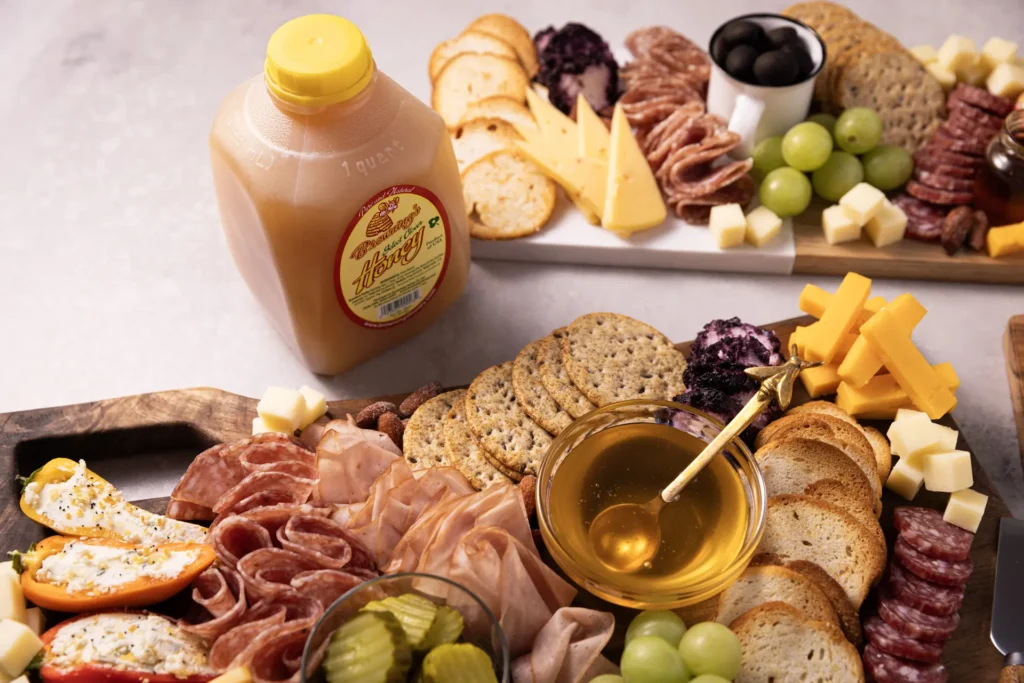
For Savory Dishes
- Mix honey with soy sauce, garlic, and ginger for a quick marinade for salmon or chicken before cooking or roasting.
- Drizzle it over cheese and cured meats for a sweet and salty combination.
- Combine it with mustard to make a dipping sauce or into a vinaigrette for a balanced dressing.
- Drizzle over a warm biscuit, cornbread, or even a pizza for a contrasting flavor.
Honey: A Versatile Addition to Your Kitchen
Honey is more than just a natural sweetener; it’s a flavor enhancer that can bring out the best in both savory and sweet dishes. By pairing it thoughtfully, using it at the right stage of cooking, and avoiding overheating or overusing, you can preserve its natural goodness and enjoy its full flavor. With these simple dos and don’ts in mind, you can make honey a regular ingredient in your kitchen.
